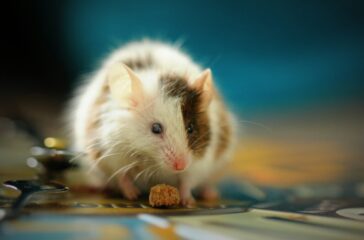Clothing dye raises diabetes risk in pregnant women
By Brian Bienkowski
Pregnant women exposed to a harmful clothing dye have a higher risk for gestational diabetes when they are carrying a male fetus, according to a new study.

By Brian Bienkowski
Pregnant women exposed to a harmful clothing dye have a higher risk for gestational diabetes when they are carrying a male fetus, according to a new study.

By Dr. Raphael Cuomo
Over the past several decades, cancer has been predominantly viewed as a disease of aging. Conventional wisdom suggests that the longer we live, the more opportunities our cells have to accumulate genetic mutations that can eventually lead to malignancies.

By Carey Gillam
America’s “epidemic of chronic disease” was spotlighted Wednesday in a contentious senate confirmation hearing for Robert F. Kennedy Jr.

By Shannon Kelleher
Early-in-life exposure to a common toxic chemical found in some foods and in breastmilk may disrupt healthy bacteria in the gut and increase a person’s risk for developing various diseases later in life, according to a new animal study.

By Grace van Deelen
Chemical compounds commonly used to cure ham, bacon and other meats are associated with type 2 diabetes risk, according to new research.

As climate change and environmental pollutants create harsh conditions that threaten not only planetary health but also human health, a chorus of voices is calling for recognition of the benefits associated with reductions in meat consumption and a shift to more plant-based dietary patterns.
Going “green” is a concept that is taking root in myriad measures, from efforts to reduce the burning of greenhouse gases to vertical farming practices that grow crops in urban and indoor settings. And healthy, plant-based diets are at the center of many of the moves.
For certain populations, the shift is seen as particularly urgent. Many serious diet-related health problems, including heart disease and diabetes are top causes of death for Black and Latino populations, according to the Centers for Disease Control and Prevention,
But pushes for dietary changes in the general U.S. population are also creating concerns about the potential for ever sharper divides between those who have the financial means and access to move to healthier diets, and those who do not.
“You can’t just implement one policy and expect a lot of these historic patterns to change, there needs to be multiple different shifts to the way that our economy works,” said Nicole Wong, climate resilience program manager at The Greenlining Institute, an organization aimed at helping “communities of color” become “ready to meet the challenges posed by climate change.”